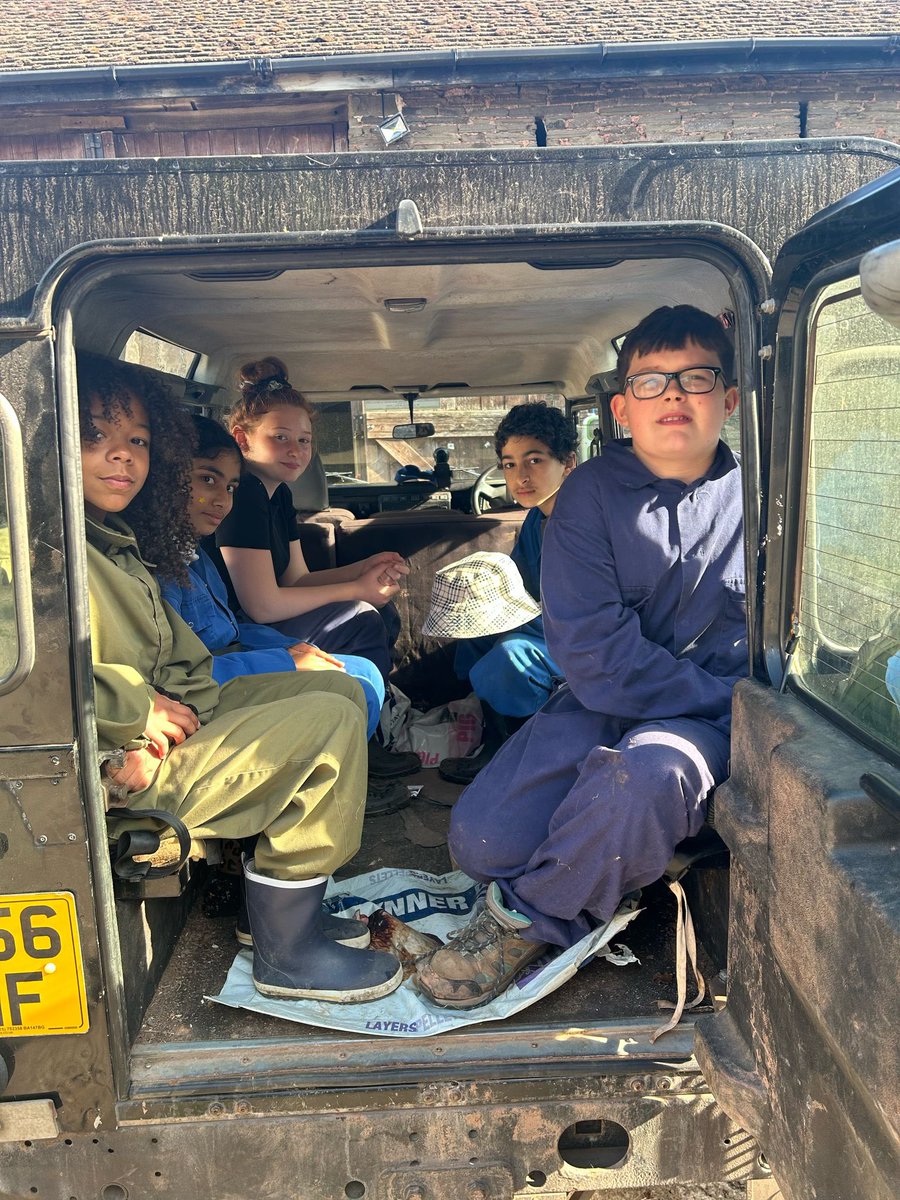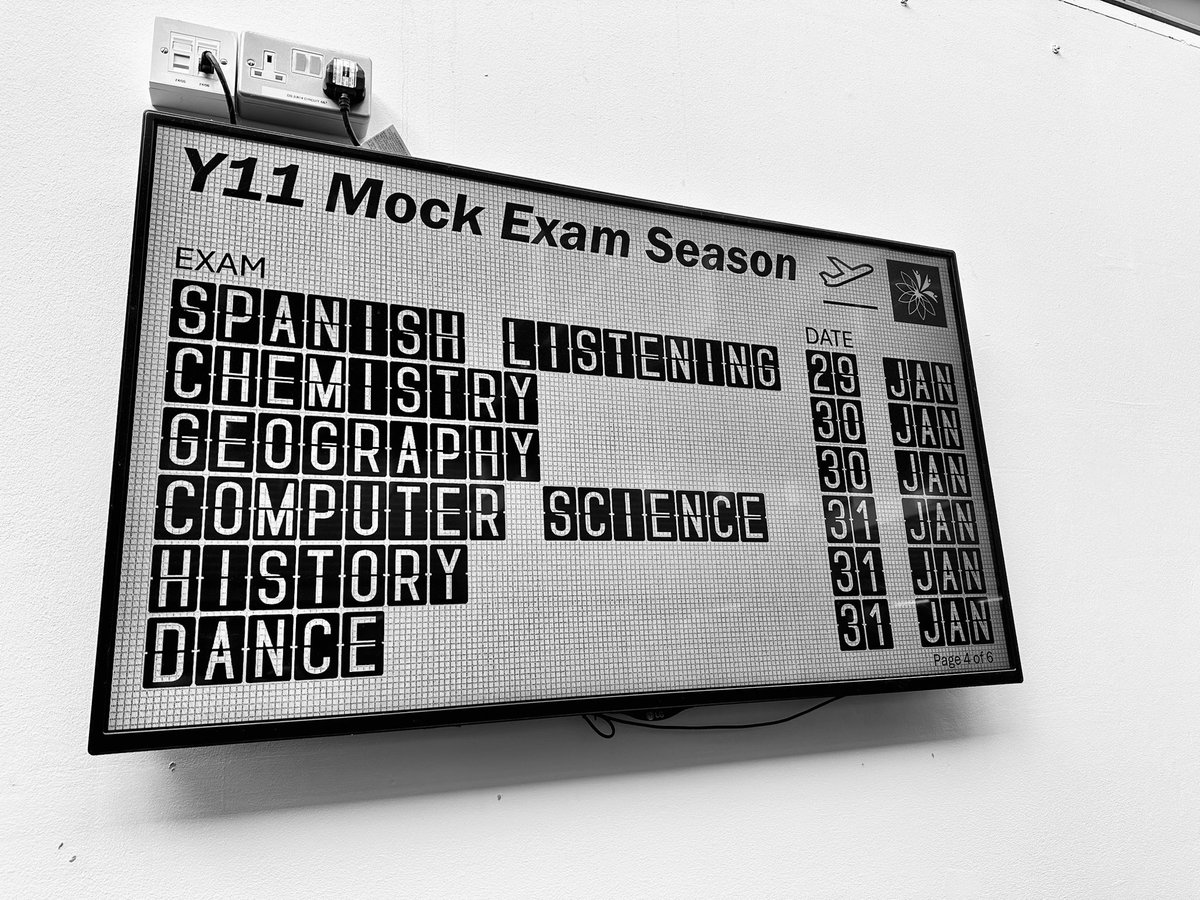Remote Education (Secondary) - Information for Parents
This information is intended to provide clarity and transparency to pupils and parents or carers about what to expect from remote education if local restrictions require entire cohorts (or bubbles) to remain at home.
For details of what to expect where individual pupils are self-isolating, please see the final section of this page. If you need any support accessing remote learning please email remotelearning@harrisgarrard.org.uk. Thank you.
The remote curriculum: what is taught to pupils at home
A pupil’s first day or two of being educated remotely might look different from our standard approach, while we take all necessary actions to prepare for a longer period of remote teaching.
What should my child expect from immediate remote education in the first day or two of pupils being sent home?
In most cases, students can immediately access their normal timetable remotely. However, if for any reason they are unable to - for instance, if they do not have immediate access to IT - printed work can be provided and all students have their termly knowledge organiser, which includes homework tasks and all of the vital knowledge for every subject, each term, which can be revised from and there is checklist on page 3.
Following the first few days of remote education, will my child be taught broadly the same curriculum as they would if they were in school?
We teach the same curriculum remotely as we do in school wherever possible and appropriate. However, we have needed to make some adaptations in some subjects. For example, in practical subjects such as PE, or Food Technology, where students might be required to watch videos and take notes, as opposed to physically take part themselves.
Remote teaching and study time each day
How long can I expect work set by the school to take my child each day?
We expect that remote education (including remote teaching and independent work) will take pupils broadly the following number of hours each day:
|
Secondary school-aged pupils working towards formal qualifications this year |
KS4 |
KS5 |
|
5-6 hrs |
3-4 hrs |
|
|
Secondary school-aged pupils not working towards formal qualifications this year |
KS3 |
|
|
5hrs |
||
Accessing remote education
How will my child access any online remote education you are providing?
For live lessons, we use Microsoft Teams and some subjects also use this for setting homework and assignments. We also save all our lessons on Student SharePoint, so students can access them if they need to revisit anything, or if they missed the live content.
If my child does not have digital or online access at home, how will you support them to access remote education?
We recognise that some pupils may not have suitable online access at home. We take the following approaches to support those pupils to access remote education:
- We have surveyed all students and have some understanding of which students might need to borrow a laptop. We will therefore try to utilise this information in order to provide a laptop on day one of isolation.
- Parents also receive a text message with the Remote Learning Lead’s email address which they can email if they need access to a laptop. In this case, a laptop is usually provided the next day.
- If students are unable to access the internet, then paper-based resources can be sent home for the duration of the isolation period.
- If students do not have online access, they can submit their work on paper when they return to school, or it can be posted to the school for the attention of their behavior for learning lead.
How will my child be taught remotely?
We use a combination of the following approaches to teach pupils remotely:
- live teaching (online lessons)
- saved resources on Student SharePoint
- printed paper packs produced by teachers (e.g. workbooks, worksheets)
- textbooks and reading books pupils have at home
- commercially available websites supporting the teaching of specific subjects or areas, including video clips or sequences
Engagement and feedback
What are your expectations for my child’s engagement and the support that we as parents and carers should provide at home?
Students are expected to engage with their lessons according to their usual timetable
Students are expected to follow their usual timetable and parents can support this by ensuring they have access to their child’s timetable and are clear on what lessons they should receive each day.
Parents can see tutorials on how to access remote learning on our Virtual Learning Resources page.
How will you check whether my child is engaging with their work and how will I be informed if there are concerns?
Engagement with live lessons is monitored daily through our own, bespoke tool that provides student by student engagement percentages.
- When a student does not engage, they will receive a phone call from their form tutor but might also be called by their class teacher.
- If the concern is about quality of work, rather than engagement, students will be called by their class teacher.
- Failure to engage over a number of days will result in a home visit from our Safer Schools Officer.
How will you assess my child’s work and progress?
Feedback can take many forms and may not always mean extensive written comments for individual children. For example, whole-class feedback or quizzes marked automatically via digital platforms are also valid and effective methods, amongst many others. Our approach to feeding back on pupil work is as follows:
- Immediate feedback can be given to students orally through questioning, as they would in a normal lesson, or a student might write in the chat function during the lesson which can then be commented on.
- We also use Microsoft Forms to provide students with surveys that can give instant feedback about whether they have learned and can recall new material.
- Students can submit work via email, or MS Teams, particularly in KS4 and KS5.
- Any work that is done in a book, or on paper, will also fall into the usual cycle of whole class feedback.
- All students in Years 7-10 sat a remote assessment made up of 25 knowledge-based questions and a 15-mark extended answer, which formed the basis of their March report.
- Feedback was also given to parents on their child's attendance to remote lessons with details of the student's engagement, commitment, optimism and resourcefulness.
- Each child was also given two development actions per subject.
Additional support for pupils with particular needs
How will you work with me to help my child who needs additional support from adults at home to access remote education?
We recognise that some pupils, for example some pupils with special educational needs and disabilities (SEND), may not be able to access remote education without support from adults at home. We acknowledge the difficulties this may place on families, and we will work with parents and carers to support those pupils in the following ways:
- We can clearly track engagement of students with SEND and targeted calls home are made when engagement is not high.
- We ensure that students with SEND are carefully talked though how to engage with live lessons.
- We have an innovation Leader who is currently working with staff on how to best adapt their online teaching for students with SEND.
If my child is not in school because they are self-isolating, how will their remote education differ from the approaches described above?
Students can access their live lessons in the same way, joining the rest of their class remotely. They can ask questions and be questioned and submit their work by mail or though MS Teams.
Teachers strive to teach both those in their class and students isolating at home, however, there might sometimes be a delay in students being admitted to the lesson as staff settle their class and take the register.




















